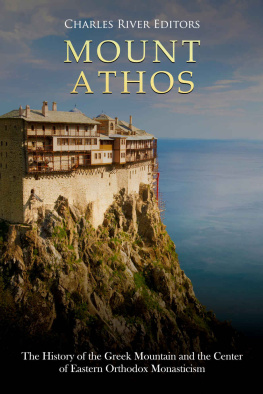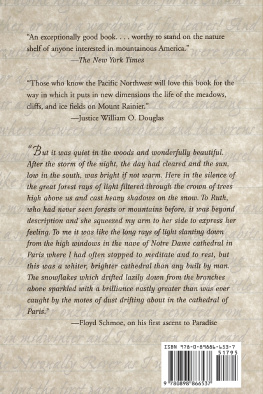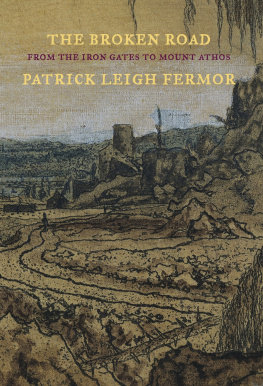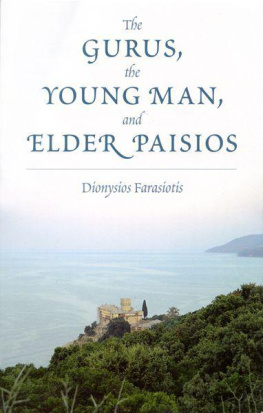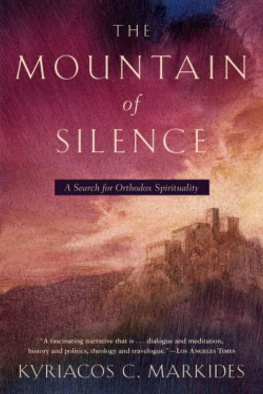Mount Athos: The History of the Greek Mountain and the Center of Eastern Orthodox Monasticism
By Charles River Editors
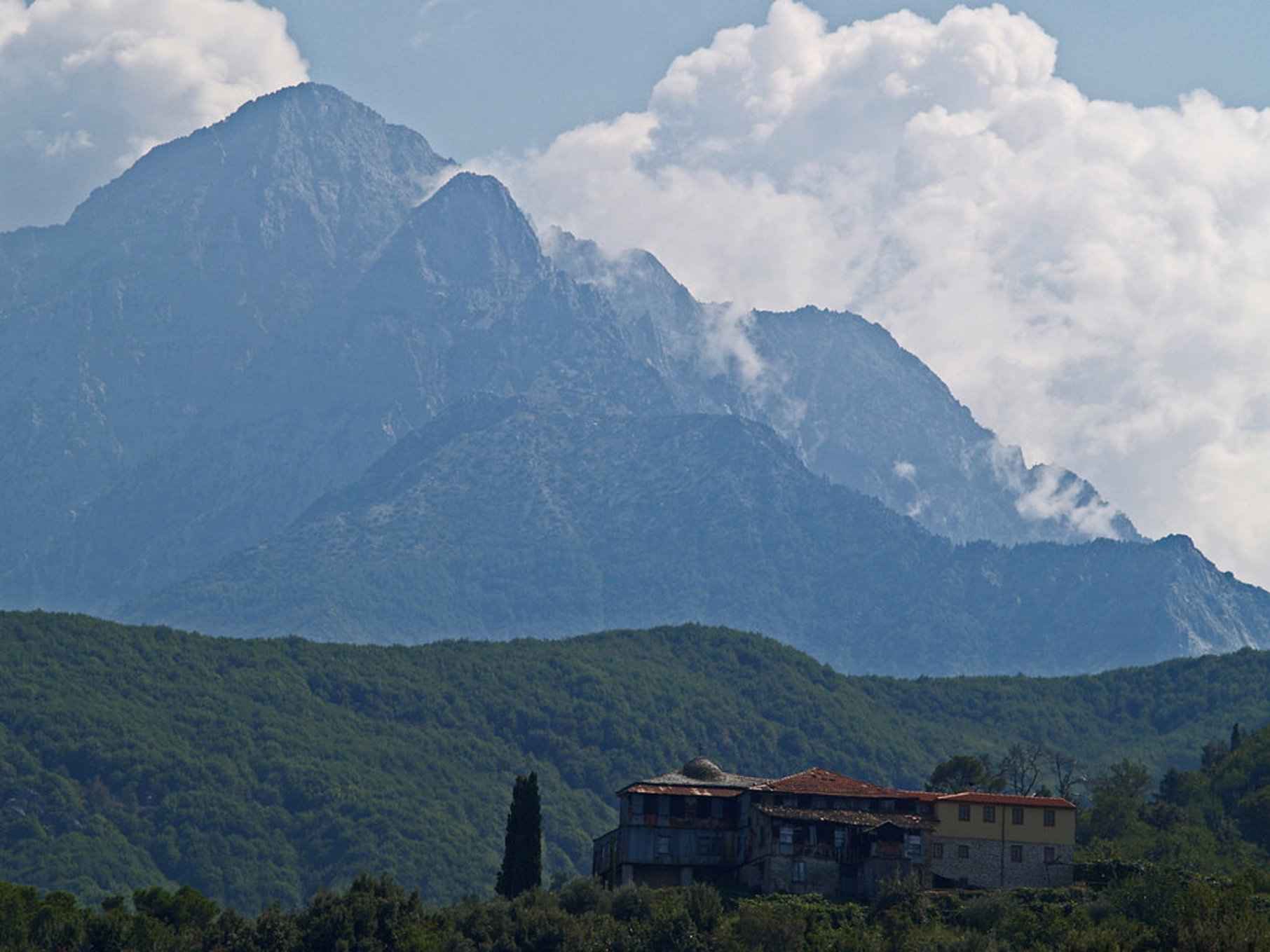
David Profters picture of Mount Athos
About Charles River Editors

Charles River Editors is a boutique digital publishing company, specializing in bringing history back to life with educational and engaging books on a wide range of topics. Keep up to date with our new and free offerings with this 5 second sign up on our weekly mailing list , and visit Our Kindle Author Page to see other recently published Kindle titles.
We make these books for you and always want to know our readers opinions, so we encourage you to leave reviews and look forward to publishing new and exciting titles each week.
Introduction
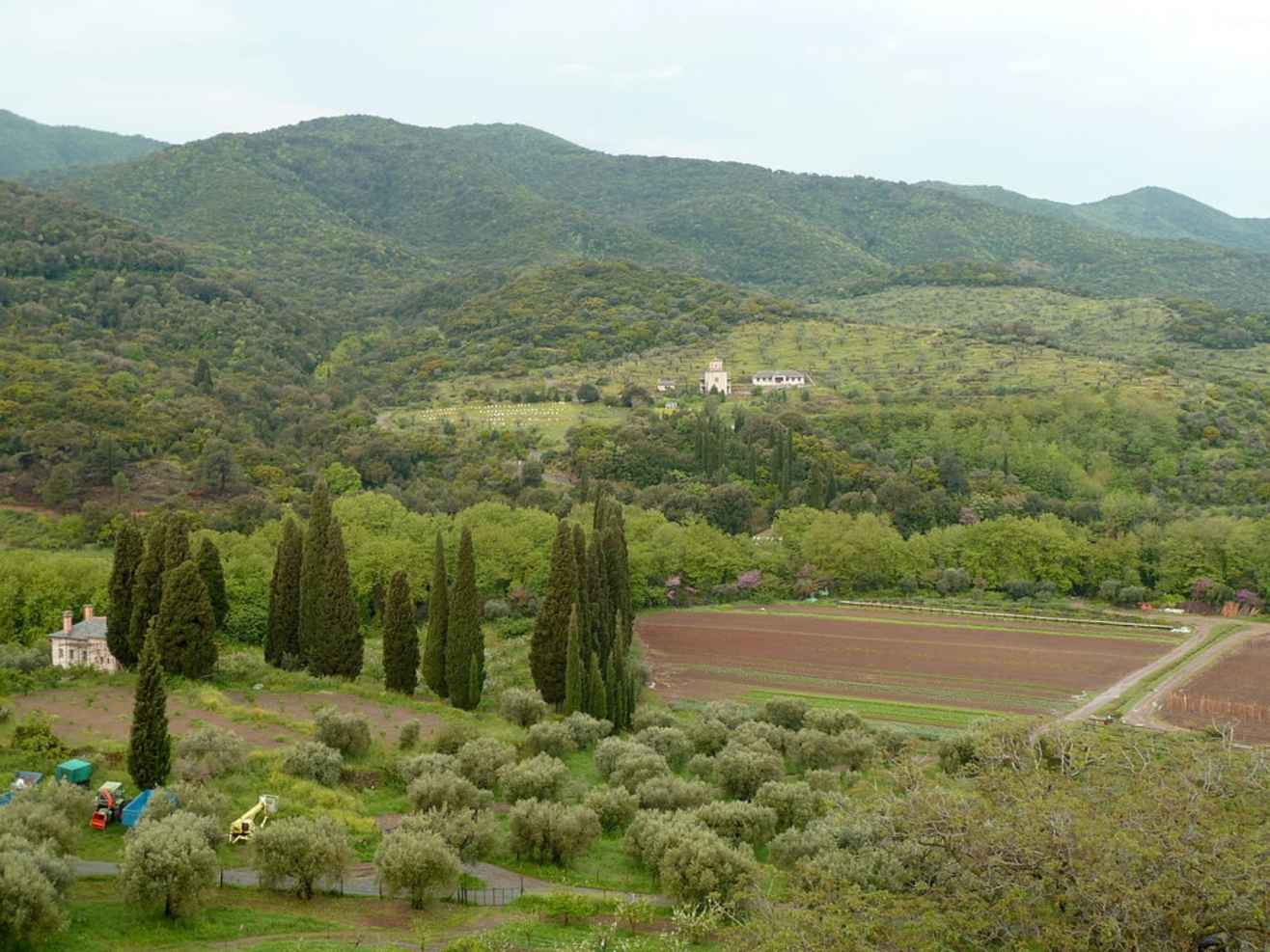
A picture of the area around Vatopedi monastery
Mount Athos
Clear water where evergreens, azaleas cool ceremoniously...a kele lost among cedars, its roof open to eagles, door unhinged...silver leaves like a congregation of spiders... When one hears these enchanting descriptions, from poet David Posner's 1964 composition Mount Athos, it is not difficult to understand why this sleepy paradise is often extolled as the most peaceful and private corner of Greece, if not all of Europe. Mount Athos is the easternmost finger of the Halkidiki peninsula a mountainous sliver of land that stretches about 37.3 miles long and 4.3-7.5 miles wide, with a surface area of about 150 square miles. Towering over the tightly-packed chestnut forests and the blue, crystalline waters of the Aegean Sea at a height of 6,670 feet is the snow-dusted crest of the mighty mountain itself.
Known to the locals as Agion Oros , or the Holy Mountain, the peninsula today is most famed for its exclusivity, a place that continues to bar all women and their daughters from entry. The fortress-like monasteries scattered amongst the slopes and the clusters of cells clinging to the cliffs are occupied by monks of the Eastern Orthodox Church. Of course, its male-only population is just one aspect of the peninsula's anomalous nature.
Planted on the peninsula's coast is a black Byzantine Cross, a flat, cross-shaped monument with a trinity of flared, wide-armed, Greek crosses in place of its arms and a traditional Christian cross in its center, kissed with rust. It serves as an emblem of the monastic society that resides there, and it delineates the boundary between Mount Athos and the rest of Greece. Entering this hallowed peninsula is like setting foot into a living time capsule, because life here has not changed in well over 1,000 years. Mount Athos is one of only two places on earth (the other being the Mar Saba) that chooses to run on Byzantine time, meaning Hour 0:00:00 only begins at sundown. Moreover, it is the only territory in the world that flies the Byzantine flag, a regal, sword and cross clutching double-headed eagle set against a rippling canvas of gold.
Of course, to reduce Mount Athos to an antediluvian, single-sex monastic retreat would be an oversimplification of the fascinating history and simple, yet complex culture that has developed on this stunning strip of land. This is a place as mystically mysterious as it is serene, a space abound with treasures, miracles, and spiritual revelations. But for a place where purity and God-fearing devotion apparently reign supreme, it is certainly burdened with its fair share of controversy.
Mount Athos: The History of the Greek Mountain and the Center of Eastern Orthodox Monasticism looks at the unique region and what life has been like there since medieval times. Along with pictures depicting important people, places, and events, you will learn about Mount Athos like never before.
Ancient History
The man who follows Christ in solitary mourning is greater than he who praises Christ amid the congregation of men. attributed to St. Isaac the Syrian
Fittingly, Mount Athos has long been considered by nearby residents, well before it was dominated by the Christian faith. Prior to the birth of Christianity itself, the peninsula was known as Akte. It was only after the fateful episode starring the Thracian gigante Athos, as local legend dictates, that this formerly flat countryside was given its name.
Once upon a time, a terrible brawl erupted between the Thracian Giants and the Olympians, the former led by Athos, and the latter headed by Poseidon, god of the sea. In the midst of the tussle, Athos hoisted an enormous hunk of rock (soon to be the peak of Mount Athos) and flung it at Poseidon, but the mass narrowly missed its target and crashed into the sea, eventually forming the grand mountain seen today.
A conflicting version of this tale credits Poseidon for being responsible. In this account, it was the sea god who lobbed the hunk of rock at Athos. Unfortunately for Athos, Poseidon was evidently the better shot, for the peak landed atop his opponent, burying him alive. Over time, his remains were incorporated into the mountain that rose over him.
Yet another ancient myth is often associated with the etymology of the peninsula's port. Local lore has it that Apollo, the Olympian god of the sun, verse, and music (amongst many others), was struck by the golden arrow of Eros (Cupid) as retaliation for having mocked the god of love. Immediately, Apollo was imbued with a deep lust for a Naiad Nymph named Daphne. Eros then drew a lead arrow and struck Daphne, instilling her with a seething hatred for Apollo. Daphne made clear her revulsion towards him, but the lovesick Apollo remained undeterred and continued to pursue her. In an effort to escape the harassment, Daphne fled to the port of Mount Athos and remained there for some time. The port of Mount Athos was then christened Daphne, as it continues to be known today.
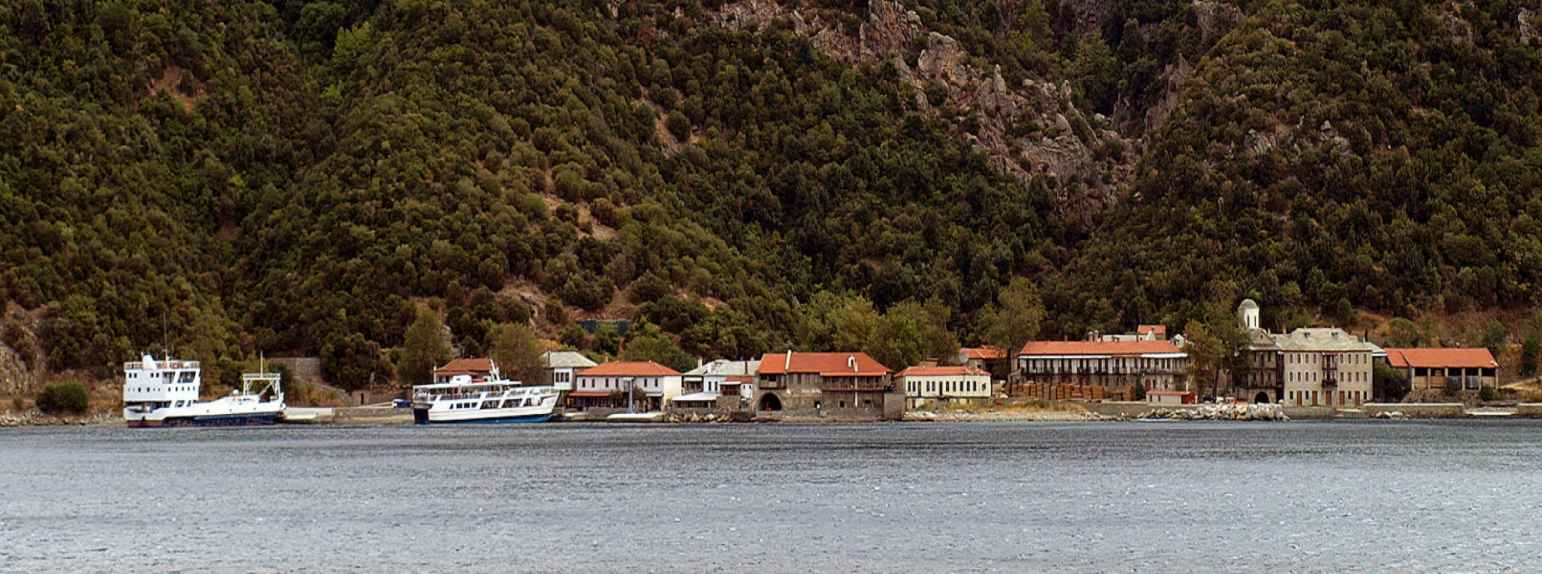
Edal Anton Lefterovs picture of Daphne
The blessed or, as some would say, cursed pinnacle of Mount Athos was also a setting frequently referenced by fabled wordsmiths in ancient Greece. Homer and Aeschylus, the Father of Tragedy, described the summit as the former residence of Zeus and Apollo prior to their relocation to Mount Olympus. The peninsula's peak has also been credited with hastening victories of multiple battles. For one, a great bonfire ignited on the crest of the mountain supposedly served as a beacon that led to the capture of Troy.
Shortly after Zeus and Apollo moved to Mount Olympus, a total of five cities cropped up on the Athos peninsula, where they flourished until the 3 rd century BCE. These communities coexisted in harmony for several centuries, fostering their own distinct customs and trading with and alongside one another with little friction. These were built on the summit and along the slopes, including Cleonae, Thyssus, and Acrothoon, the last of which was renowned for the ripe old ages of its residents. Colonies consisting of Pelasgians set up camp on the foot of the mountain.
Alas, the citizens of the peninsula were far too materialistic and thankless for the Olympian gods' liking, so to teach the ingrates a lesson, the vindictive deities shook the peninsula with an apocalyptic earthquake that decimated every last city. Those who survived decamped to the mainland, and Athos remained largely vacant until 368 BCE, when it fell under the jurisdiction of the Macedonian King Philip II, later succeeded by his son, Alexander the Great. According to the works of Plutarch and Strabo, Dinocrates, the chief architect and the ambitious mastermind behind the city of Alexandria, began to conceive a design that would outshine Alexandria. The plan was to carve Mount Athos into the likeness of Alexander, leading some modern historians to refer to the idea as the classical Greek Mount Rushmore. An entire city would be nestled upon the colossal sculpture's outstretched palm. Draped over his right shoulder and arm were streams and cascading waterfalls that would be linked to the Aegean Sea.

